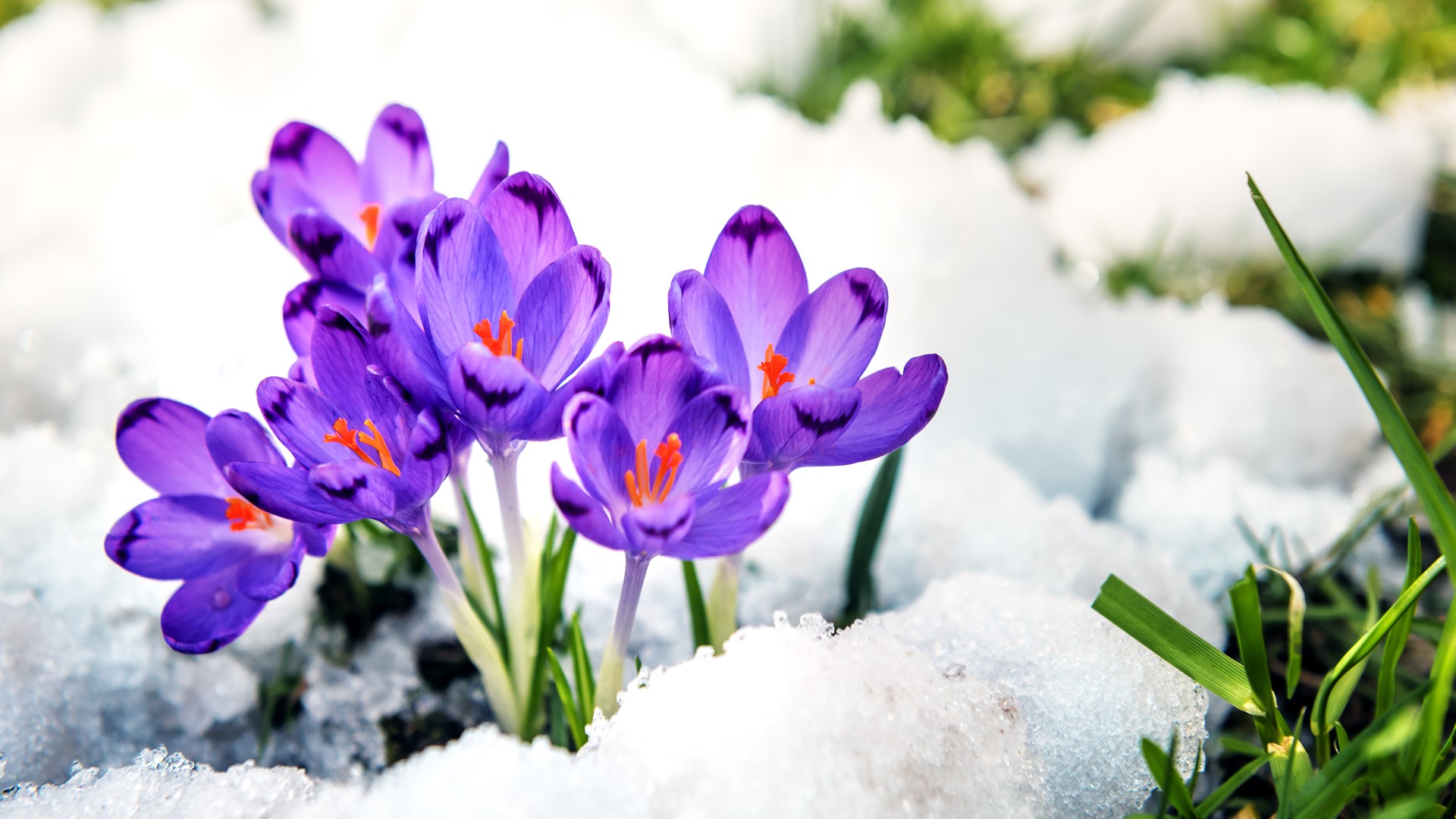GRAND RAPIDS, Mich. — Two local women are doing the unthinkable, in an effort to boost their health. Throughout the winter, Gabriele Gottlieb and Fiona McPherson Grant have been taking icy dips in Reeds Lake. But it's not a quick in and out like we see with the popular polar plunges. These Grand Rapids residents sit in the frigid water for 20 minutes at a time, and they do it a few times every week.
“It basically started with us swimming throughout the summer,” Gottlieb said. “We would swim probably four or five times here in the lake to train for triathlons.”
Gottlieb, who teaches American History at Grand Valley State University, said they just kept swimming past the end of summer, and their bodies adjusted to the water as it became colder.
“We had read about cold water swimming people doing ice baths and things like that, and what it does for your body, for your mental health, for circulation, sleep quality,” Gottlieb said. “It has been a great experience. For me, after teaching all day, it's sort of a 20 minute relaxing moment where we chat a little bit and where we just sort of debrief from the day and from the pandemic, and then you go home and you’re calm and you sleep well.”
She said the icy dips can help with depression, inflammation, and a variety of other things, if you’re willing to subject yourself to the initial sting.
“When you first get in, every entire nerve ending in your body is just on fire, and your whole fight or flight response just wants to run and get out of the water as fast as you can,” Grant said. “So to overcome that is super cool. Then, you relax into it, and then you find yourself sitting there for 15 minutes, and you're just very at peace, and you feel your body slow down. Your breathing slows down, and it's really relaxing. It's a very active meditation. Very calm, very chill, and I sleep really well afterwards.”
As winter weather blasted Grand Rapids in recent weeks, getting to the water became more of a challenge. The women said they had to continue purchasing tools to break through the ever-increasing layer ice.
“We had a hammer for a while, then we upgraded from hammer to axe, then we upgraded to pickaxe, and then to a saw,” Grant said. “A whole assortment of tools! And the conversations in Home Depot are pretty interesting when you're like, ‘So I've got this problem and I need a tool.’ And they're like, ‘You're crazy lady.’”
“Usually when the ice is not seven inches thick how it is right now, it takes us about 20 minutes to get a good hole in the ice, and then we basically go right in and sit there for 15 or 20 minutes,” Gottlieb said. “Of course, people think we're crazy. People will take pictures, but it has also been an educational moment. So on Facebook where we post our pictures we have people ask why we are redoing this. We respond that this is actually healthy if you do it correctly. In many ways, it's no different than an ice bath that an athlete would take after a hard workout.”
They said the worst part is getting out of the 34 degree water, especially if it’s a windy day with little to no sunlight.
“Usually you're colder 10 minutes after you get out,” Grant said. “They call it the deep drop, and so that's when you've got to be really careful, if you don't dry off and get some more clothes on.”
While spending time in icy water does have benefits, they said it’s not something people should try without proper research and preparation time.
“We searched the dangers of hypothermia, how quickly it can set in, and the symptoms of hypothermia so that we can kind of monitor each other,” Gottlieb said. “We have a time limit. We don't go over 20 minutes when we're in the water. It's really acclimation that is necessary. For us, we've done it two or three times pretty much every week throughout November, December, and January. So basically the water got colder and our bodies got slowly used to the cold water, because we did it on a regular basis. If you were to just take off your clothing and jump in, that would not be beneficial, because the shock to your body is so high. So it's really about starting slow, starting in the fall or summer, swimming regularly, and then continuing to swim when the water gets colder, so your body gradually adjusts to the cold water.”
RELATED VIDEO:
►Make it easy to keep up to date with more stories like this. Download the 13 ON YOUR SIDE app now.
Have a news tip? Email news@13onyourside.com, visit our Facebook page or Twitter. Subscribe to our YouTube channel.


